When we finally see the easing of lockdown from the pandemic, the government will be looking for ways to jumpstart the pace of economic recovery. Ideally, in addition to businesses reopening and people going back to work, it will want to do something about innovation. So one of the things we’ve been exploring here at The Entrepreneurs Network is what kind of policies might constitute a “Big Bang” for UK innovation.
Here’s one: the patent buyout. A patent buyout involves the government buying a patent from its owners and making it open and available for the public to use. The best-known example is the French government’s 1839 purchase of Louis Daguerre’s patent for photography. By making the technology freely available to all, it unleashed a burst of creativity in the industry. Strangely, however, the policy has been very rarely used since, even though there’s some evidence that the expiry of key patents can have a similar effect.
Take 3D-printing. Although many 3D-printing techniques were invented in the 1980s, the industry was only truly unleashed in the 2010s when many of the original patents began to expire. So the impressive maker movement might have occurred decades earlier had the key patents been bought out and released. While the key, bottleneck patents were still in force, the number of 3D-printing patents in the US never exceeded 3,000 per year - typically minor improvement to the key processes. But since those key patents expired, the number of patents in the industry has grown to almost 45,000 per year. And that does not even capture the now flourishing movement to create open-source improvements to the technology too. So just imagine what might be done with a few judicious uses of the patent buyout in other key industries that are currently being held back. By effectively bringing forward the expiry date of a few bottleneck patents, the pace of change might be accelerated by up to two decades - the maximum duration of a patent.
When it comes to buying out patents, however, the main issue is in how to price them. It’s this problem that perhaps explains why the policy has not been more widely adopted. If the government sets a price that is too low, then inventors will be unwilling to sell their patents. If too high, then it might be seen as rent-seeking and become a waste of taxpayer money - what if they overpay for a near-worthless invention? But there is an ingenious solution to the problem, suggested in 1998 by Nobel-prize-winning economist Michael Kremer: to use auctions to discover the patent’s true value. Through this price-discovery mechanism, the government can identify the highest-value patents - those that are more likely to represent true bottlenecks slowing innovation down. And it can even discover how much it should offer to buy them out.
The idea is that a large number of different patents are auctioned for private sale, without the bidders knowing which of them the government will offer to buy. Thus, the bidders would still have an incentive to provide accurate valuations for all of the patents, as there would be a chance of them actually being able to buy them. To prevent collusion, the bidders would submit their bids simultaneously, and the second-highest would win. Thus, the private bids would allow the government to discover the patents’ market prices. Then the government would step in for some of the more valuable patents – ideally randomly selected, again to prevent collusion – and offer an amount that is a fixed percentage more than the third-highest bid.
So far so good. But another issue to figure out is which patents to even consider buying as part of an auction. In the UK alone, over 3,000 patents are granted every year, with tens of thousands being granted by the European Patent Office and thus effective in the UK, not to mention the hundreds of thousands of patents that cover the UK as part of international agreements. Nonetheless, the vast majority of these are unlikely to be bottleneck patents. So perhaps one way to narrow it down would be for the government to identify the key sectors that it already wishes to encourage as part of its current innovation strategy, and to then consult with industry leaders to identify a very large number of patents that they think are slowing the industry down - the larger the number of patents to get on this long-list, the lower the chance of collusion and rent-seeking through industry lobbying. It might then be a matter of whittling down that list randomly, again to prevent rent-seeking, to a shortlist of those that will actually be invited to participate in the auction.
Lastly, in terms of value for money, the private returns to innovation are almost always only a small fraction of the social returns. The spillovers from innovation are, on average, truly massive. So even if the government were to overpay for a patent relative to market prices, it would almost certainly still pay only a fraction of the expected social returns. (In fact, Kremer was so confident in this, that he suggested that the government pay twice as much as the third-highest bid, which would still be only a fraction of the social value).
Rather than trying to replace patents, the patent buyout would be a useful supplement to the current system. As such auctions would be entirely voluntary for the potential sellers, they would not affect patents’ usual incentives. But at the same time, even conducting a few buyouts would give an opportunity for a Big Bang moment for British innovation. The government would be able to immediately announce that it had blown wide open some of the key bottlenecks at the cutting edge of certain sectors, and thus brought the future forward by decades.

